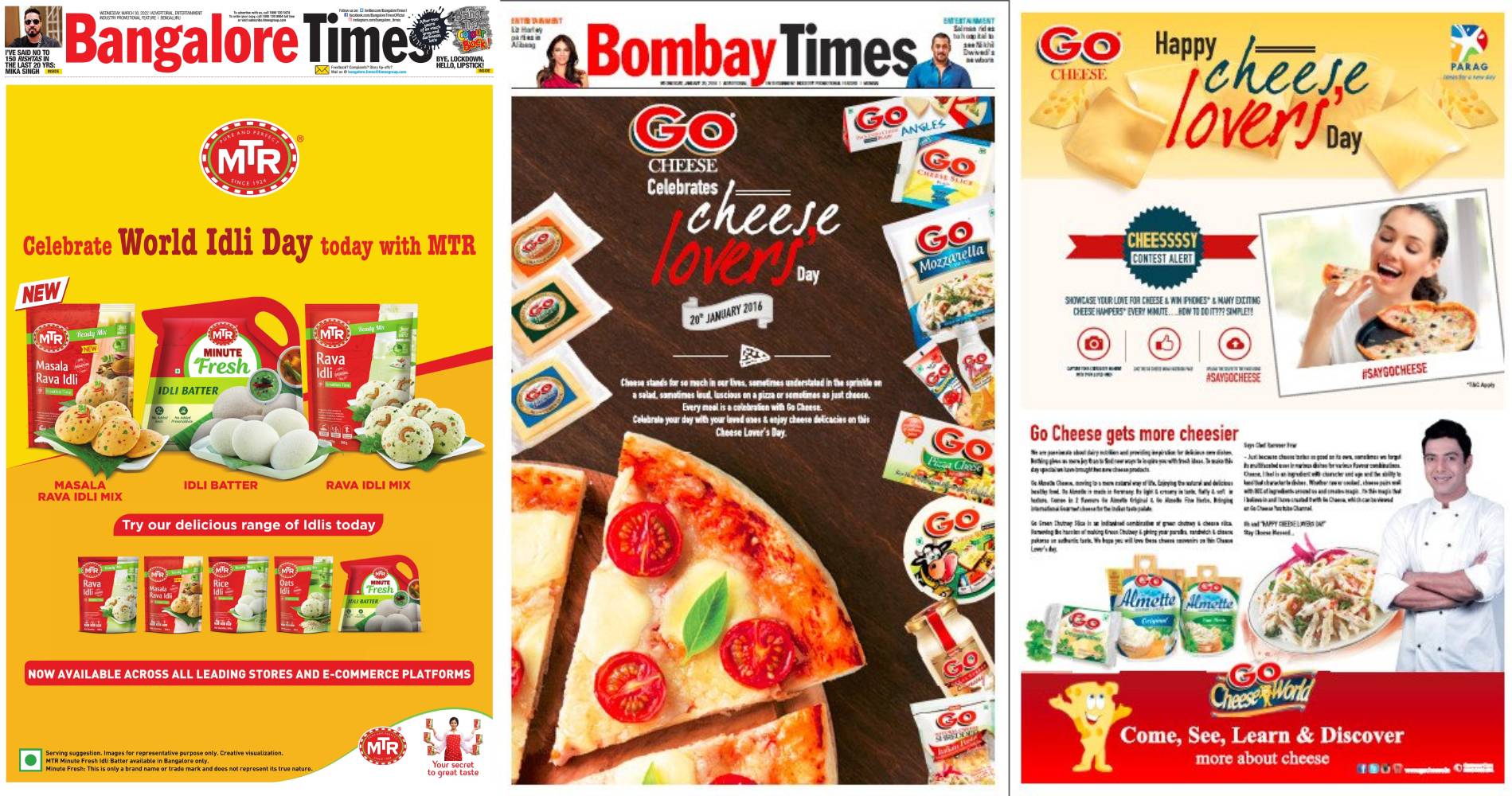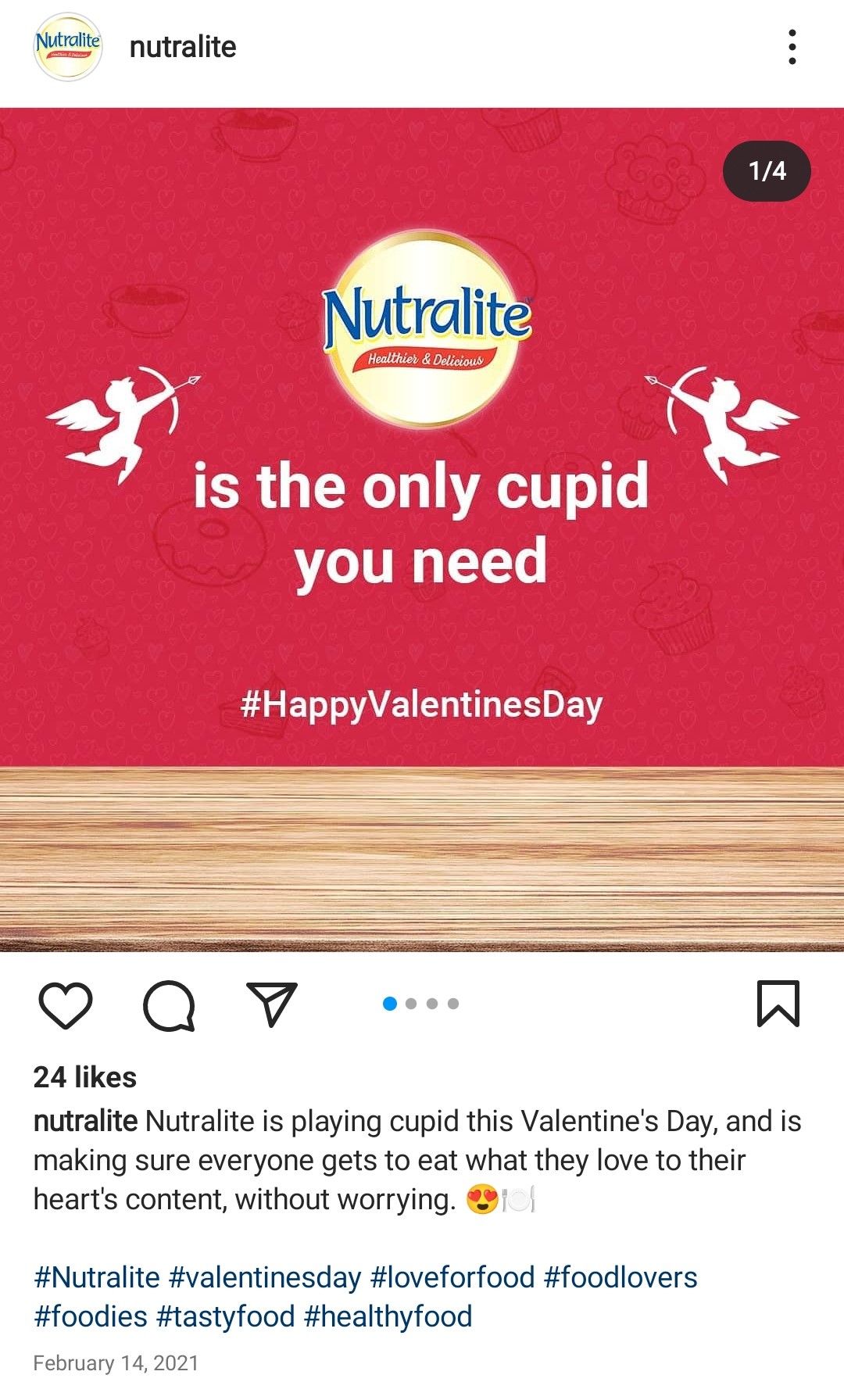
No matter what kind of brand it is these days—B2C or B2C—one critical element in their content strategy is ‘topical days’! ‘Seize the day’ (Carpe diem) has a very different meaning for social media content teams and agencies 🙂 It means they have to be the most successful brand on that day.
It started with a few well-known ‘days’ – Valentine’s Day, Mother’s Day, Children’s Day, Independence Day, Republic Day, and so on.
Then, as these days got crowded (meaning: every brand and its grandmother started creating content for these days), agencies started looking at lesser-known days or days that have never been known in India and using them to stand out with some content. So ‘Bubblegum Day’, ‘World Chocolate Day’, ‘International Lefthanders Day’, ‘Day of Silence’, ‘International Flower Day’, and so on. You can add ‘Black Friday’ to this list considering how retailers jostle with each other to offer attractive sales on this day even in India besides merely creating social media content.
Topical days are the lowest hanging fruit in a brand’s content calendar.
And since many online publications do a summary/round-up of topical day content from assorted brands (‘Here are the best Mother’s Day posts this year!’ type), topical day content has become a sort of competition among brands to win the day.
The big question around topical day content, given the amount of time and effort brand teams and agency teams seem to be spending on them is this: is it really worth the time and effort?
From a worth point of view, there is no direct answer. It depends on how your organization defines ‘worked’ (or ‘works’). If you use the basic social media platform metrics like Likes, Shares, Comments, and ‘Engagement’ (as defined by each platform), and your topical day’s content has garnered more than a daily post/video, then it does amount to something at the very least regardless of stretching it to ‘worth it’. It simply means a lot of people have seen it and a substantial number of them have chosen to let you know through a digital mode (a Like, for example).
But consider why a brand should participate in a topical day content jamboree.
It is not to merely fill that day’s post. It is not to merely add your brand too to the list. If it’s a simple last-minute visual+pun post, I can understand a brand being less interested in winning the day and simply filling a content calendar. But that’s not the case when a brand and agency plan it months ahead thoroughly in terms of scripting, acting, editing, and production.
So then, look at the content in 3 possible ways.
1. At the center: perfect fit for the day and for the brand (what the brand stands for, is known for, is used for)
Examples:
ITA Airways – Valentine’s Day 2022
Fevicol – Father’s Day 2021
2. The circle next to the center: perfect fit for the day, and a loose/forced fit for the brand.
Examples:
Tanishq – Mother’s Day 2022
Health OK – Father’s Day 2021
3. The 3rd ring: Loose/forced fit for both the day and the brand.
Examples:
Amazon – Diwali 2021
Fevicol – World Art Day 2022
But here’s the deal: just because there is a loose/forced fit for the day or the brand (the 2nd ring), it doesn’t mean it is a wasted effort!
Topical day communications are simply long-term brand-building efforts. Some brands have built an impressive consistency with which they add to the topical days of their choice. And people look forward to what would brand X do on a given topical day.
Fevicol, for instance. Some of its topical day content hit the bulls-eye, but many do not. But they have already built a legacy that makes people look forward to ‘What would Fevicol do this year?’. Amazon is another example, given how they use their ‘Deliver the love’ theme to connect both the day and the brand.
Still, it is also reasonable to wonder, ‘What does brand X have to do with this wonderfully made content? Why sell a day when they should be selling their brand?’.
But this question is perhaps a vestige of the TV and print advertising days when there was very limited and very focused marketing communication and every single piece of communication had to absolutely and directly sell the brand. More importantly, you had to buy media (usually very expensive) to place your communication and hence the need to be judicious.
With digital communications, the difference is that we are not interrupted by marketing communications. We gravitate towards content we like to see, of which, some are advertising content. And the media channel is our own, not bought (even ignoring the paid promotion given how much more cost-effective it is compared to mainstream media). In most cases, even if a brand spends quite a bit to produce an impressively made topical day content/video, chances are they would be shared only in the digital medium and not using mainstream media (TV or print).
In such a scenario, if there is a connection, even a loose one, but has a considerably stronger link to the topical day, that seems to suffice. Of course, the golden rule would be to manage a perfect connection with both the brand and the topical day. But the % connection with the day seems more crucial these days than the connection with the brand.
Why? Because the simple goal for the brand is to win that day. In other words, be THE most seen brand(ed content) on that year’s <topical day>. The aim is not to sell the product or the service (which may or may not happen, or may happen incidentally). The aim is rather to be positively remembered as a brand that made you consciously spend some time thinking about that day (which topical day it is). And perhaps share it with others so that the brand-led positivity spreads.
The goal is to sell emotions around the day and not around your products which you anyway do every other day of the year.
But it becomes a different challenge: “everyone is selling the day, today. So how can I sell the same day differently with a smattering of my brand’s personality/attributes?”. Consider how people may refer to your topical Diwali ad or Raksha Bandhan as – ‘that Amazon Rakhi wala ad’ or ‘very nice Rakhi film’? The approach in the narrative and the placement of the brand in the script have to be to get to the former instead of the latter.
Even a perfect fit (the central layer) wouldn’t make people seek out the brand’s products or services because the starting point of all topical day communication is, “What can we say about <topical day> this year while relating to our product or service?”, and not “How can we sell our product or service during <topical day> this year?”.
The latter happens too, but it tends to become product-centric communication and not day-centric. Take any Diwali sale, for example. Diwali remains the undercurrent while the focus is on the sale.
Or consider days that are intricately related to a product category. Like MTR claiming Idli Day or Go claiming Cheese Lovers Day 🙂

A topical day communication flips this mix – the brand remains in the undercurrent and the day gets the prime focus.
As long as you don’t really stretch the brand connect, the focus should be on getting the day’s connection right. If you stretch the day connect to contort to your brand, then that would most definitely be seen as lame. Like this one (there are *many* like this, though) 🙂

